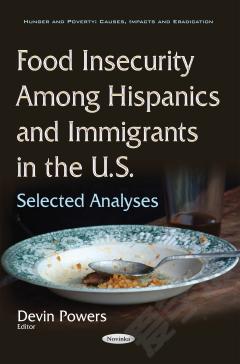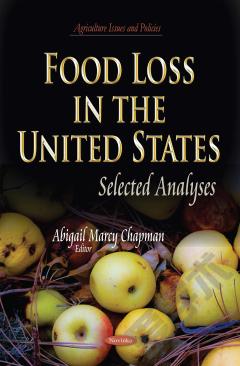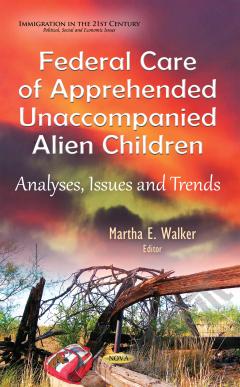Food Insecurity in U.S. Households with Children: Trends and Analysis
Most U.S. households with children have consistent, dependable access to adequate food for active, healthy living for both adults and children—they are food secure. However, 21 percent of households with children were food insecure at times during the year in 2011, and in some of those households, children as well as adults were food insecure. The U.S. Department of Agriculture (USDA) monitors the extent and severity of food insecurity in U.S. households through an annual, nationally representative survey, with special attention to households with children. Food security is especially important for children because their nutrition affects not only their current health, but also their physical, mental, and social development—and thus their future health and well-being. Previous studies suggest that children living in food-insecure households face elevated risks of many problematic health and development outcomes, compared with children in otherwise similar food-secure households. USDA’s domestic food and nutrition assistance programs improve children’s food security by providing low-income households with access to a healthful diet and nutrition education. Knowledge about the extent of food insecurity in households with children and the household characteristics associated with food insecurity contributes to the effective operation of these and other programs that support the well-being of children. This book describes the extent and severity of food insecurity in households with children in 2011, food security trends since 1999, and characteristics of households affected by food insecurity in 2010 and 2011.
{{comment.content}}








 京公网安备 11010802027623号
京公网安备 11010802027623号